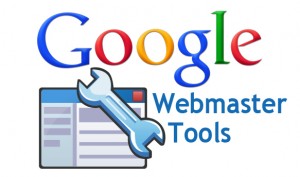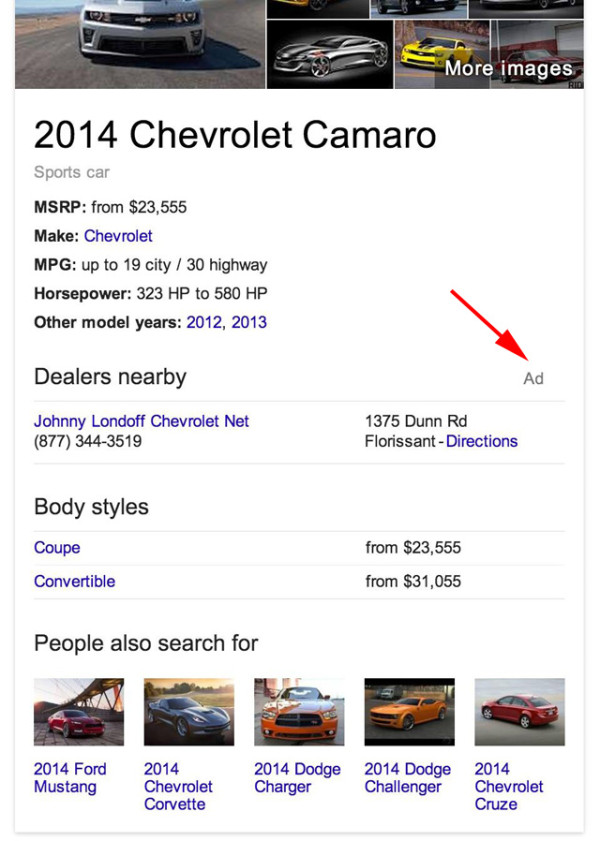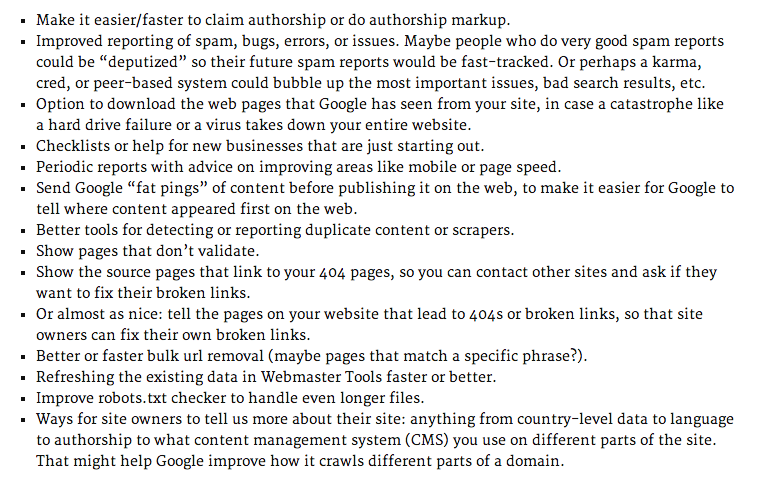Google’s latest major algorithm change has been the release of Hummingbird. This is an algorithm geared more towards conversational search. The release of such programs as Google Now and Apple’s Siri, you can see why Google has released this.
Net66’s SEO technician Waqar takes you through the fundamentals of this algorithm change.
Transcript;
Welcome to Net66. Today, we are going to be talking about Hummingbird.
What is Hummingbird? We are not referring to the bird species of the family trochilidae. We are in fact talking about the Google algorithmic update. We call it hummingbird because it is fast and precise, and it is the biggest change in years to the Google algorithm.
It’s all about making search more natural and more human, think of it as a search engine putting itself into your shoes. It’s all about conversational search, where you can have a human like conversation with search engines.
So instead of searching for “Manchester coffee shop”, you can search “Tell me the best coffee shop in central Manchester”. Synonyms are also given enthesis, coffee house could be substituted for coffee shop.
Hummingbird also places great enthesis on onsite original content on your website, which may have impact in your websites rankings.
Please do get in touch with Net66 to learn about hummingbird, other search engine updates and how you can work with search engines to better market your business.
Thank you.





